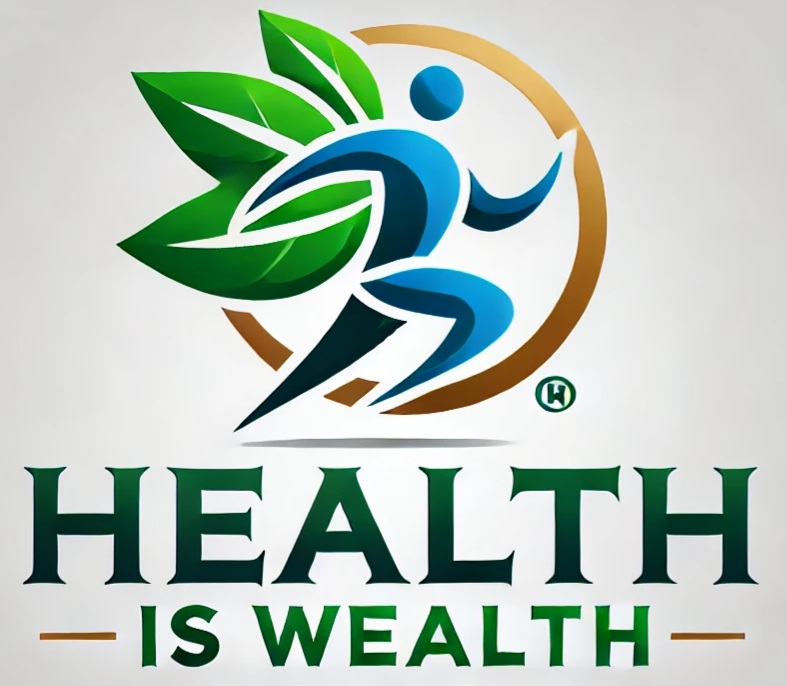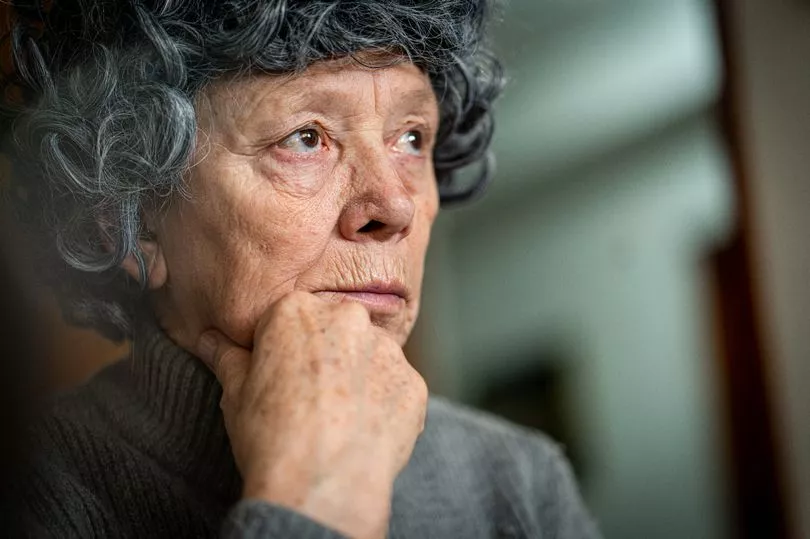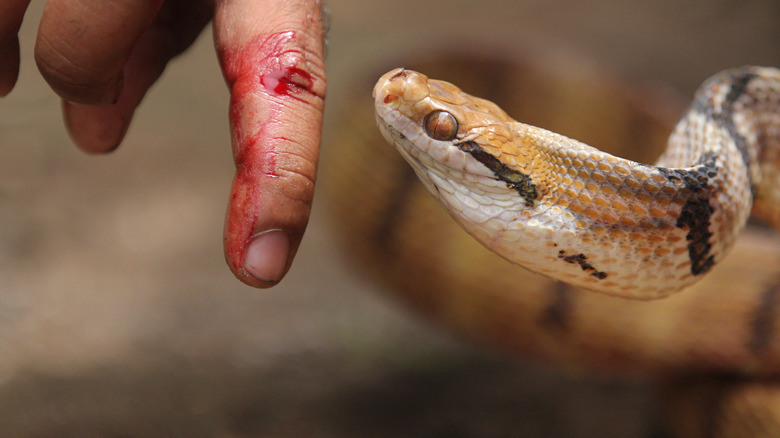How to cure staphylococcus
Staphylococcal infections, or staph infections, are caused by the Staphylococcus genus of bacteria. There are about 30 strains (types) of Staphylococcus bacterium. The most prevalent human pathogen is Staphylococcus aureus. A pathogen is any organism that causes disease.
In severe cases, a staph infection can cause serious health complications and death.
Staphylococcus (staph) is a group of bacteria.
What causes a staph infection?
Some people carry staph germs on their skin or in their nostrils but do not get an illness. However, if they sustain a cut or wound, the germs may enter the body and create an infection.
Staph bacteria can be transmitted from person to person. They can also spread to towels, clothing, door handles, athletic equipment, and remote controls. If you have staph and do not properly prepare food, you can spread it to others.
Staph bacteria can cause a wide variety of infections, including:
Skin infections are the most prevalent form of staph infection.
Bacteremia is an infection of the bloodstream. This can result in sepsis, a severe immunological reaction to an infection.
Bone infections.
Endocarditis is an infection of the inner lining of the heart’s chambers and valves.
Food poisoning.
Pneumonia.
Toxic shock syndrome (TSS) is a life-threatening illness caused by toxins produced by some bacteria.
Who is more likely to have a staph infection?
Anyone can have a staph infection, although some people are more prone to it, especially:
People with chronic condition such as diabetes, cancer, vascular disease, eczema, or lung disease.
Those with a compromised immune system, such as due to HIV, medications to prevent organ rejection, or chemotherapy.
People who had surgery and are in the hospital.
Those who use a catheter, feeding tube, or breathing tube.
Those with an implanted device, such as a pacemaker, prosthetic joint or heart valve.
If you have severe or extensive burns or are on dialysis, please seek medical attention.
People who Inject illicit substances
Those who participate in contact sports that may involve skin-to-skin contact or sharing equipment.
Symptoms of staph infections
Skin infections like pimples or boils. They may be red, bloated, or painful. Sometimes there is pus or other discharge. They can develop into impetigo, which forms a crust on the skin, or cellulitis, which is a swollen, red region of skin that feels hot.
Bone infections can cause pain, edema, warmth, and redness in the affected area. You may also experience chills and fever.
Endocarditis can induce flu-like symptoms such as fever, chills, and exhaustion. It also causes symptoms like a fast heartbeat, shortness of breath, and fluid buildup in your arms and legs.
Food poisoning usually causes nausea, vomiting, diarrhea, and fever. If you lose too much fluid, you may get dehydrated.
Pneumonia symptoms include high fever, chills, and cough. Pneumonia symptoms include a high temperature, chills, and a persistent cough. Also have chest pain and shortness of breath.
Toxic shock syndrome (TSS) is characterized by a high fever, abrupt drop in blood pressure, vomiting, diarrhea, and confusion. You may get a sunburn-like rash elsewhere on your skin. TSS can cause organ failure.
How to prevent Staphylococcus
Maintain proper hygiene, which includes washing your hands frequently.
Avoid sharing towels, linens, or clothing with someone who has a staph infection.
It’s recommended not to share sports equipment. If you do need to share, make sure everything is thoroughly cleaned and dried before use.
Practice food safety, which includes not preparing meals for others if you have a staph infection.
Keep any cuts or wounds covered.
How to cure staphylococcus with Natural Herbs
Ingredients
Neem leaf(dry and blend)
scent leaf(dry and blend)
bitter kola(blended)
turmeric
ginger
garlic
Procedure
take 1teaspoon of blended neem and scent leaf and put in a kettle or pot
add half teaspoon of turmeric and bitter kola, 2pieces of garlic, 1 finger sized ginger. Add a cup of water and bring to a boil. Allow to cool down and drink three times daily before or after meal. Avoid taking alcohol or carbonated drinks while taking this medication. Take consistently for 3months.




